Self-publishing or traditional publishing? It’s one of the biggest decision you will make as an author and while both options have their advantages and disadvantages, it’s important to make the best decision for your author career. In this post we’ll take a closer look at the pros and cons of each.
Self-publishing
1. Creative Control
When it comes to creative control self-publishing wins hands-down. Traditionally published authors often don’t have an input into decisions such as the book’s final cover, blurb, title and how it will be marketed to readers. One author I interviewed ended up completely re-writing her book to please her agent only to have the deal fall apart because the book was no longer what they wanted. Self-publishing means that you retain full creative control of your work, including your storyline, editing, book design, pricing, release dates and promotions. You decide what you want to produce and how you want to market it to your readers.
2. Faster to Market
One of the biggest disadvantages of traditional publishing is the lengthiness of the process. Most traditionally published authors seek literary agent representation prior to approach publishers. The process of querying can be time-consuming (some authors take years to find an agent) this is followed by securing a publishing deal and even after that it is likely to take anywhere between six months to two years for your book to be published. Self-published authors set their own timelines, uploading and promoting their books as soon as they are ready. This also means no stressful deadlines (unless they are self-imposed!)
3. Higher Royalties
Self-published authors take home a greater percentage in royalties. A self-published author will typically make 60-70% of royalties (after Amazon takes their cut) while a traditionally published author makes between 5-10% royalties. Self-published authors are also paid more frequently. While Amazon pays authors monthly some traditionally published authors only receive royalty payments twice a year. Note that self-published authors will be expected to pay for the costs of publishing themselves (including cover design, professional editing and promotions) so factor this in when considering your options.
4. No Prohibitive Contracts
Traditional publishing means signing away some of the rights of your work to your agent or publisher. There are plenty of potential pitfalls to look out for in any publishing or agency contract. You can be tied in to a set royalty payment, limited distribution or conditions regarding your future work. Adversely by self-publishing your book 100% of the rights of your work remain with you.
5. No Gatekeepers
To traditionally publish your work has to be approved by agents, editors and publishers. Rejection has held back some of the most successful authors in the past (even Harry Potter was turned down by 12 publishers). With self-publishing authors can turn that ‘no’ into a ‘yes’ leaving the ultimate decision with their readers.
Traditional Publishing
1. Credibility
For many authors, credibility is their primary reason for traditional publishing. Having your book published by a reputable publishing house gives it a stamp of approval, as does having a literary agent representing your work. Traditional publishing can help to dispel some of the negativity surround self-published works and provide brand authority. Since your book has passed the ‘gatekeepers’ of literature it is more likely to be viewed as a legitimate book.
2. Publishing Industry Connections
Traditional publishers have connections within the literary community. These industry connections can mean greater chances of getting your book into book stores and libraries. It can mean easier access to promotional channels, including literary festivals, media, author appearances and book clubs.
3. No Upfront Costs
Well-done self-publishing is rarely cheap. Prior to publication most self-published authors will pay for several rounds of edits, formatting and cover design. In traditional publishing these expenses are covered by the publisher. Depending on your agent representation an advance against royalties can also help you cover your expenses.
4. Professionalism
Many self-published books are held back by poor cover design, editing or a lack of marketing. With traditional publishing authors have access to a team of professionals. This ensures quality control throughout the publishing process. Publishers back the books that they publish so it’s in everyone’s interest that when launch day finally comes around your book is at it’s very best.
Marketing
The extent to which a publisher will market your work varies widely. While traditional publishers have the advantage, in terms of market access, connections and experience, their marketing budgets are limited and they tend to focus their efforts on promoting established authors with a solid readership. Ultimately for both traditionally published and self-published authors the onus of building an author platform rests with the author.
Wait, there’s a third option?
As authors seek a middle ground hybrid publishing continues to gain in popularity. Typically, the hybrid model involves the author paying for publishing services whilst retaining higher royalty rates (than they would if they were traditionally published). A hybrid model means that the author retains creative control whilst still having the support of a publishing team to help them in the publishing process.
Weighing it all up
So how do you decide which form of publishing is right for you? In the end each option has both benefits and downfalls. To make the right decision it’s important to assess what you value as an author. Is having complete creative control essential for you? Or would you rather someone else made the decisions? Would you like to publish your book as soon as possible or are you happy to take your time with the process? Do you have the money to self-publish or are you better off seeking financial support from a publisher? Take your time weighing up the different options with your author goals.








